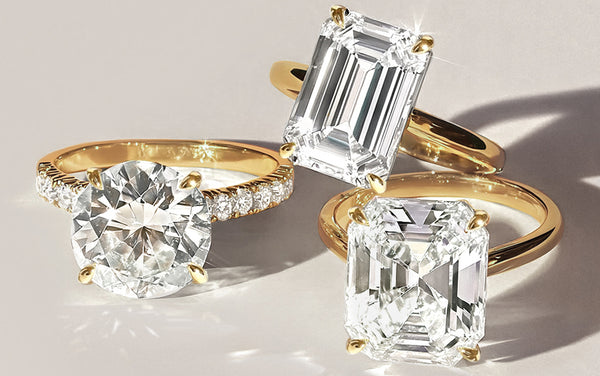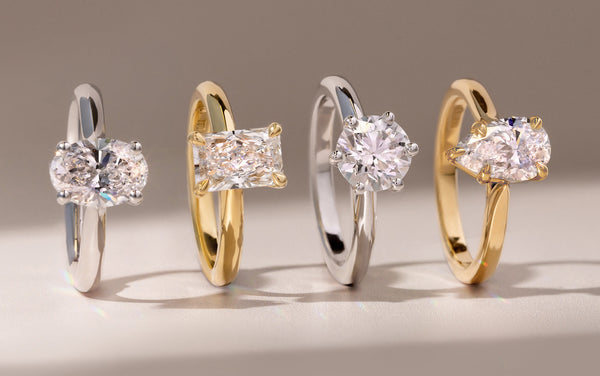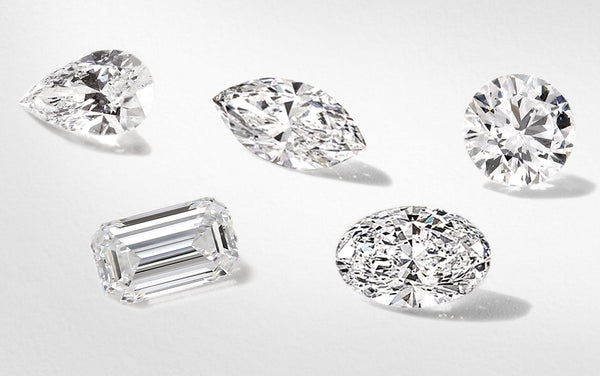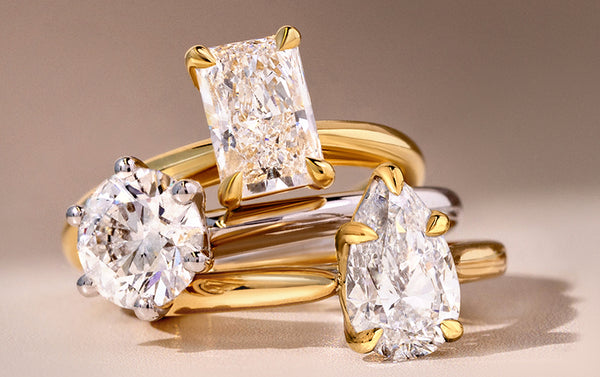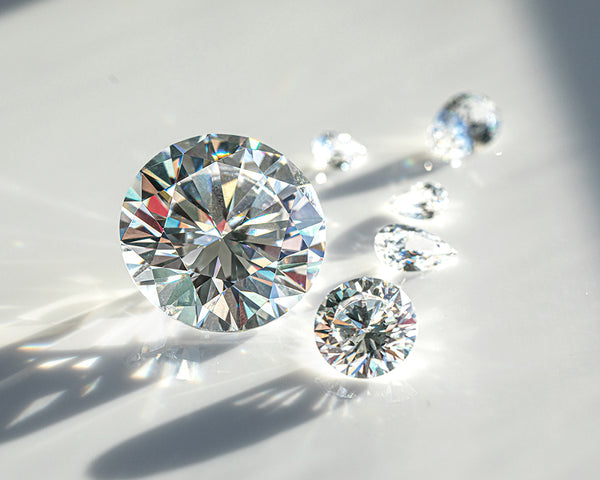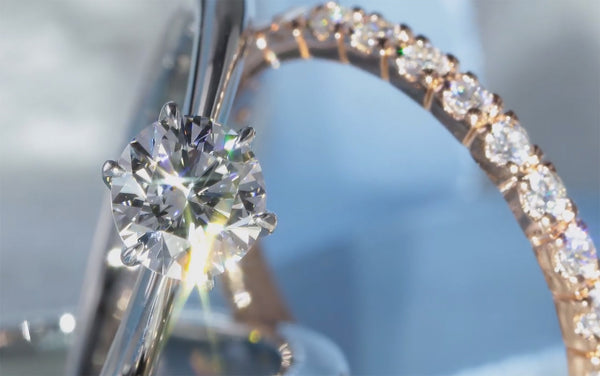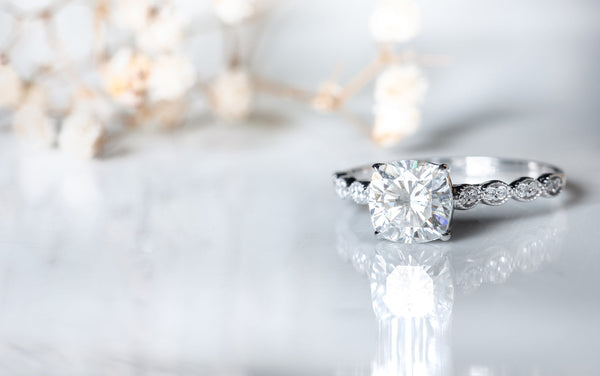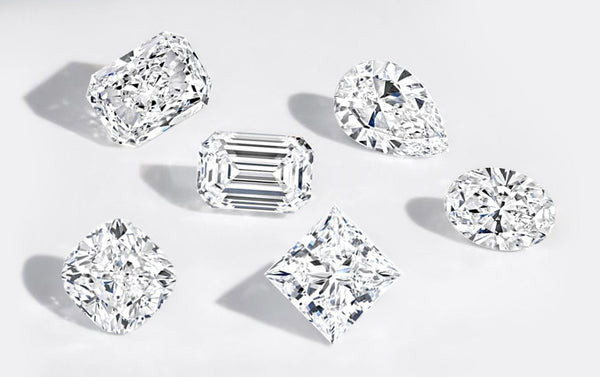Platinum
Platinum is renowned as a premium and durable metal prized for its exceptional qualities in fine jewelry. It is also celebrated for its natural white color, exceptional strength, and timeless sophistication. Unlike white gold, platinum maintains its bright hue without the need for rhodium plating, making it a favorite for those who want low-maintenance elegance that lasts a lifetime.
This naturally hypoallergenic metal is ideal for sensitive skin and daily wear—perfect for engagement rings and wedding bands that symbolize lifelong commitment. Thanks to its density and purity (typically 95% pure), platinum is heavier and more durable than gold, giving your piece a substantial, luxurious feel.
While it comes with a higher price tag, its resistance to tarnish, fading, and corrosion makes it a smart investment for heirloom-quality jewelry. Over time, platinum develops a soft patina that many wearers love for its antique-like charm—though it can always be polished back to its original shine.








